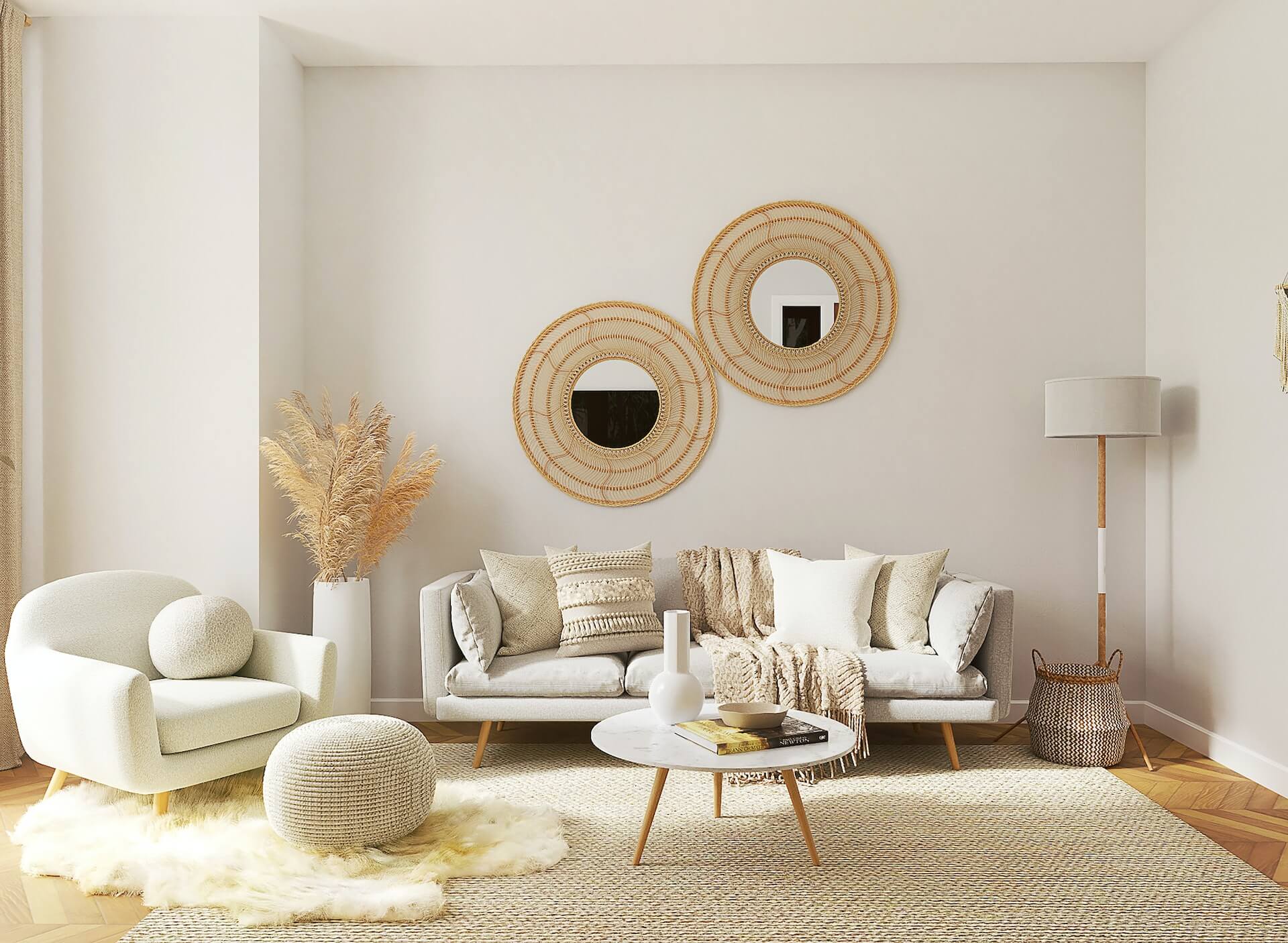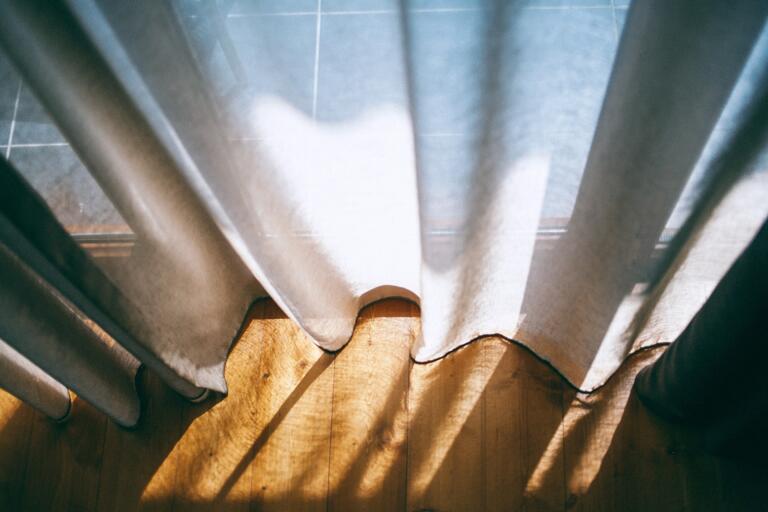The one room that gets some of the most activity in the home is the living room and choosing colours to paint your living room is hard. As it’s a room with multiple functions, decorating it will be dependent on personal taste and style, this includes colour schemes.
With that in mind, there are some tips and ideas that would at least inspire you in one direction or another. Some things work well if you plan to make the room brighter and others if you want it darker or smaller. That being said let’s jump in!
Colours to paint your living room, what to choose?
There is no “right” colour scheme, universal to everyone and every living room. It all depends on the room, the furniture, and other elements of interior design. It also depends on the desired effect you may want to achieve. A brighter colour will make the room look larger, and a darker colour will make it appear smaller.
Neutral colours
Using neutral colours to paint your living room, such as greys, beige and off-whites, can be quite calming for many. Not too flashy or loud, neutral desaturated paint colours for living room spaces are the choice for many interior designers.
The counterargument to neutral colour is that it is boring, or too bland, but it doesn’t have to be. Layers of different tones with neutral colour work quite well in many living room spaces.
Accent colours
Adding some choice accent colours works well with neutrals but also other darker colours. It creates a point of interest within the overall muted shades or attracts attention in a darker colour scheme pattern.
When it comes to using accents you are not limited to just accent walls, as you can potentially paint other things. Accent colour to items like doors or door frames is one other way to go about it or dark colour ceiling beams.
Contrast and subtle statement
A simple singular colour on your walls can make a great statement with little tweaks. Some designers add contrasting lines, framing the room in certain ways. A black room would look nice with golden yellow for instance.
The contrasting colour can also be used for the accent wall. Choosing colours that go well with other elements of the room is important. These elements can include furniture, curtains, carpet, doors, or metallic fittings.
This technique works to great effect and has the capacity to elevate the overall aesthetic of the room. With a few simple tweaks, adding contrasting colours is a surefire way to catch the eye.
Make good use of white
This may or may not be surprising, but white can be very important in your next living room painting project. Painting the whole room with white opens up the room, and reflects light to provide an airy feel. Even if you prefer to use other colours for your walls, white on ceilings is still a staple in many interior design projects.
White also contrasts well with almost every other colour. It’s also beautiful how white covers everything so well but points attention to everything else. Using the opposite primary colour of black provides a monotone contrast, but pastels also shine well with white.
Using white is also a good way to set up a base. If you reconsider later, it will be very easy to replace, as any colour would cover the white perfectly well.
Small spaces filled with colour
It’s harder to find colours to paint your living room when you’re dealing with a smaller space. Sometimes the best way to go about this is to go big or go home. For this, try a highly saturated colour, even darker colours, to really grab attention and offer an air of sophistication.
It might look quite dramatic but in some circumstances with the right furniture and or other decorative elements. A dark warm colour like red will contribute to a cosy atmosphere, while a darker blue will make it luxurious.
Switch the white ceiling
Usually, ceilings are painted white, but this can be subverted. Add a splash of colour on the ceiling and keep the rest of the walls a more neutral colour. This creates an interesting artistic and eye-catching accent, that is different from the regular accent wall.
Textured contrast
There are certain tools that you can use to texturize paint as you apply it. Some effects are similar to wallpaper but can be slightly different especially if done by hand. Rollers with patterns are a favourite among those that wish to achieve a wallpaper effect with paint.
A simpler tool to use is a rag or sponge. Yes, it sounds messy and it very well may be, but using such an unpredictable tool will garner interesting results. Usually, circles are painted with this method, with some great eye-catching effects.
In conclusion
Looking to spruce up your living room with colours and paint is a great method to freshen up your space. The right colour or colours to paint your living room with will not be easy to pick. There is a whole spectrum to choose from so you will have to look at what you have and what you can work with.
Methods of painting and placement of colours can prove very effective at redecorating your living room space. Make it a cosy or flashy room, as preference will dictate and pick the right colours to paint your living room.



Leave a Comment